What has early spring meant around the state?
by Molly Bloom, Minnesota Public RadioMarch 30, 2012
We asked sources in our Public Insight Network to tell us what changes they've noticed due to this year's early Minnesota spring. From Crookston to Winona, they tell us the early spring has meant optimism, flexibility and a certain amount of unease. Click on the photos below to read their stories.

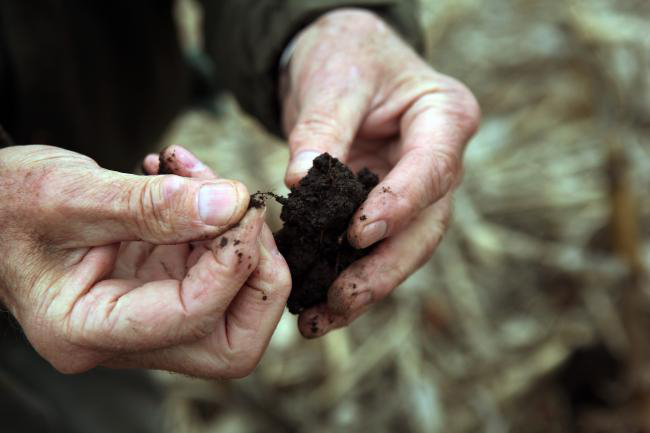
I am going nuts looking at the rich black garden soil (Red River Valley) and having to wait. It will be a long wait til last danger of frost (mid-May here). I'm probably going to put some seeds in early April if this holds, a whole month early. I worked all fall to get our tractor working with a snow blower but really didn't get a chance to use it.
Now I'm working hard on a greenhouse, figuring that getting the blower ready was connected to not needing it. So getting the greenhouse enclosed will mean we won't get another frost. Think that will work?
-Don Medal, Crookston
(MPR Photo/Jeffrey Thompson)

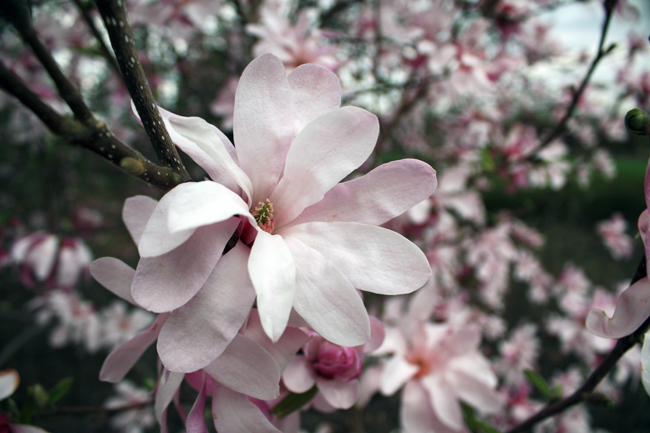
It's the earliest spring known in Minnesota. Magnolias in full bloom in mid-March in Minneapolis is bizarre; the normal date would be in May. This spring is a time machine that allows us to see what a typical spring may be like several decades from now as the climate continues to warm.
-Lee Frelich, Minneapolis,
Director of the University of Minnesota Center for Forest Ecology
(Photo courtesy Jenna Williams, University of Minnesota Forest Resources)


In our neighborhood, Selby/Dale, it's common for neighbors to not see each other for the winter months. This year, the neighborhood is coming together early. I was out for a walk on Goodrich Avenue last weekend and saw a kid's wheelbarrow and garden tools, small grills next to apartment buildings, and sidewalk chalk. All things I usually wouldn't see until mid-May. I loved it.
People are sitting on their porches, meeting at the park for tennis, grilling. The vibrance and sense of community are back!
-Elen Bahr, St. Paul
(Photo courtesy Elen Bahr)

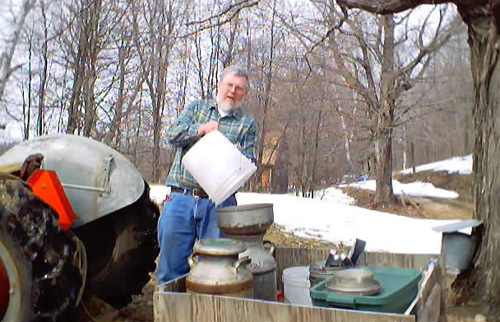
The statistics for this year's maple syrup production in the area is about 20 percent of normal yield. Our family got less than 10 gallons on 200 taps this year. Normally we would be tapping until mid-April and get 50 gallons. A few folks tapped in early February and did better.
The maple trees budded out already -- the normal end-of-the-season marker. We normally sell our syrup at a local farmer's market, but this year will not have any to sell.
My family has been making maple syrup along the St. Croix River in Wisconsin since the 1950s, and this has been the worst year ever. The season ended this year about the time it normally gets fully underway.
-Russ Hanson, Cushing, Wis.
(Photo courtesy Russ Hanson)

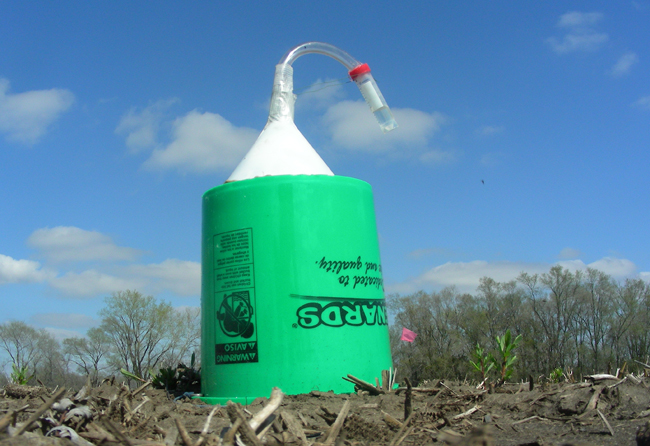
I study insects in an entomology lab at the University of Minnesota and we have had to get our spring emergence traps out a month earlier than we thought. This photo is of an emergence trap in a field at the U of Minnesota Rosemount Testing Station. We are interested in the ways that prairie plants (with potential for biofuel) can provide other benefits, such as habitat for insect predators to control insect pests. In the spring many insects will emerge from the ground, where they overwintered either as adults or as pupae or eggs, or even as larvae. These emergence traps will sample the emergence for a couple weeks, giving us a very strong and specific idea of the insects in these plots; we have very little understanding of the actual life histories of most insects, and overwintering is definitely a gap in our knowledge.
The bucket is nailed to the ground with 10-inch spikes; the bottom has a large hole cut into it where the funnel fits. Insects will emerge from the ground and fly or crawl toward the light, ending up in a small vial of propylene glycol which we will trade out every few days.
Minnesota weather is a good teacher of standard deviation: we always deviate quite strongly from the "norm." However, this early of a spring seems a bit frightening.
-Jonathan Dregni, St. Paul
(Photo by Joe Kaser, courtesy Jonathan Dregni)


I am a fairly serious cyclist -- year-round bike commuter (20 miles per day round trip) and recreational bike racer. I have biked through the past three winters and this was by far the easiest (almost too easy). I missed the challenge of riding through the snow but appreciated being able to ride my road bike in January, something I hadn't been able to do in 10 years of biking.
I was out with a group of about six friends on a 75-mile road bike ride in mid-January and we were all dumbfounded.
-Fred Mayer, Minneapolis
(Photo courtesy Fred Mayer)

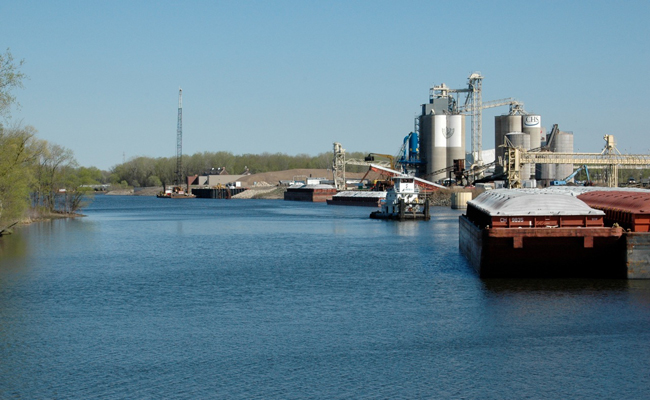
The annual bird migration north has begun and bald eagles and pelicans have already arrived to our area. The arrival of red-wing blackbirds is my usual harbinger of spring, and they are here in our marshes and along the sides of the roads claiming their territories.
Personally, the early spring means I can put away that loathsome sign of winter, the snow blower, and I can already feel the excitement of getting out on our many trout streams to fish.
For Winona, the early spring means the early arrival of the barges which are important to our commercial port. The Mississippi River, from Lake Pepin south, became ice-free much earlier than usual this year. The first barge made its way upriver early this past week.
-Alan DuCett, Winona
(Photo courtesy Alan DuCett)

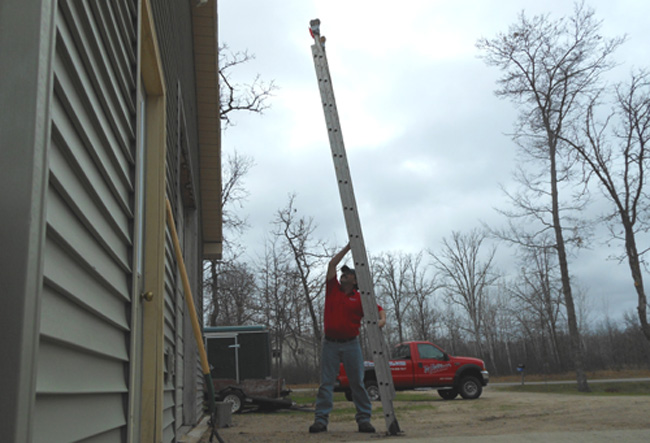
I'm a self-employed contractor, and all the jobs that wanted to be done "first thing in the spring" want to be started now, instead of when I originally planned in April and May. It presents a little (good) scheduling issue.
I'm also active in our community garden and the gardeners are getting the itch to get into the garden early. I am responsible for tilling the soil and getting the plots ready for them. Another scheduling "opportunity."
I think the early spring is good overall. Everybody seems to be in a better mood and getting excited for the resort season here in the Brainerd Lakes area.
-Tad Hoskins, Brainerd
(Photo courtesy Tad Hoskins)

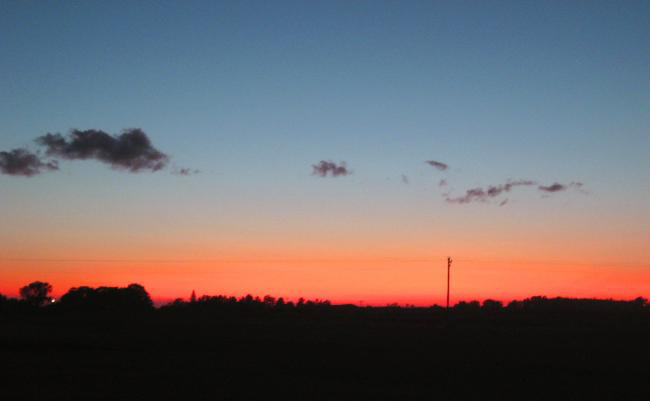
My fundamental takeaway from the early spring here is that our extraordinarily premature and warm spring may be providing us with somewhat of a rehearsal for future "normal" conditions; that there is cause for reflection and concern. I should note that I am an anthropologist archaeologist who has been involved in research on climate change and its relationships with both ancient, as well as conjectural future, human affairs.
Actually, we all should recognize that humans have been increasingly changing our atmospheric chemistry and that we are all becoming more vulnerable as a result. This should also help us recognize that there may be measures that we can take to lessen our collective negative impact upon our atmosphere, and hence slow, or halt, our drifting toward an excessively warm world.
-Skip Messenger, Deephaven
(MPR Photo/Dan Gunderson)


My husband (pictured here on the far right) is an avid open water swimmer. He and a group of swimming friends went for their first outdoor swim of the year on March 18 at Lake Goodview and the water was 53 degrees. Last year's first outdoor swim was around April 15 and the water temperature was 47 degrees.
-Beth Halleck, Winona
(Photo courtesy Beth Halleck)

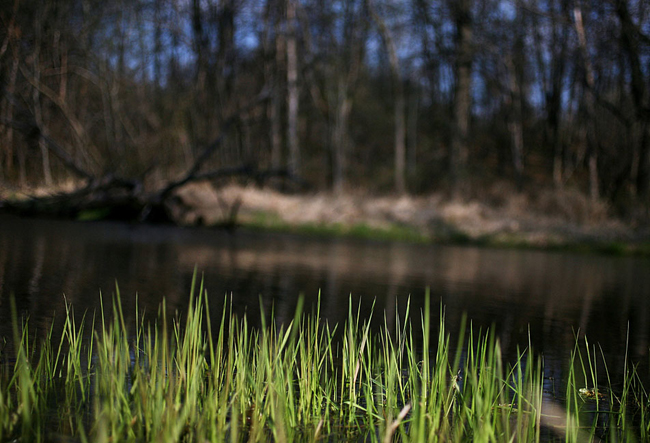
My mood is lifted. It's so nice to be able to interact more intimately with nature now that it's warm outside, and I don't need to put on all the gear to go outdoors. Instead, I have the windows open, the sounds and smells of nature pouring inside, and all I have to do is slip on some sandals and be in it myself.
At the same time, however, this early of a spring is so abnormal that in some ways it feels unnatural; the predictability of the seasons has been lost and with that comes a feeling of unease. What else will be abnormal about this year?
-Sara Hylwa, Rochester
(MPR Photo/Jeffrey Thompson)

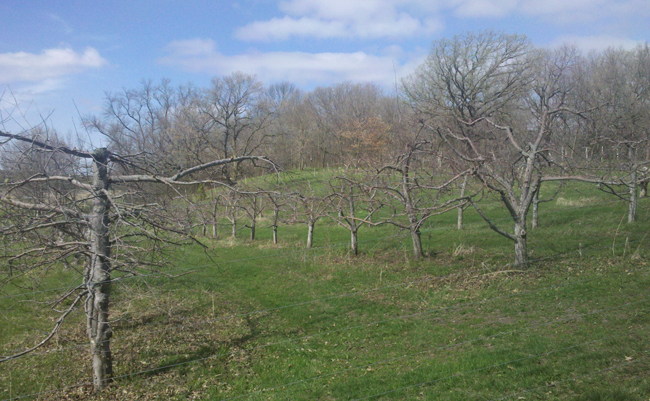
Our organic apple orchard is in need of insect treatments in March, when it usually doesn't begin until mid-April. This will likely lead to a longer battle with insects and fungus than a typical growing season.
If you look close in this photo you can see there is significant leaf growth already, which opens us up to frost damage should the weather turn cold and will result in increased cost for our pest management program. Our records indicate that this year is about three weeks ahead of most typical springs.
-Mathias Gregor, Waseca
(Photo courtesy Mathias Gregor)
In The Spotlight
-
The Current Music Blog
Your daily note for good music, news and pop culture. With attempted jokes.

- Member Resources
- Become a Member
- Member Connect Accounts
- Leadership Circle
- Sustaining Members
- Member Discounts
- Become a Sponsor
- Tax Information
- Planned Giving
- Vehicle Donation
- Donate Stock
- Site Services
- Mobile
- Newsletter
- RSS Feeds
- Podcasts
- Blogs
- Videos
- HD Radio
- Find Programs

